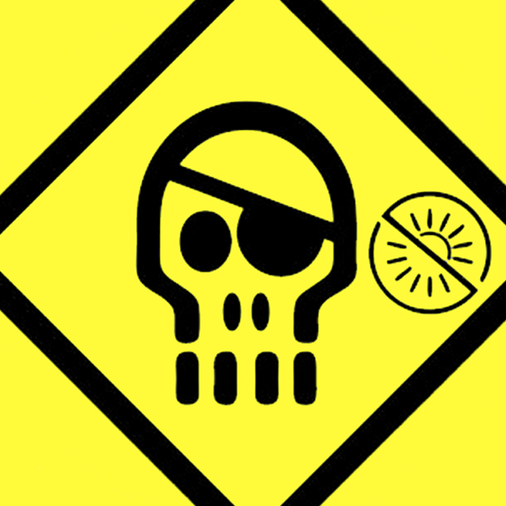Current Construction Projects:
- Finish Drywall/sand/paint and install trim to office Door
- Kids tree-house base/floor
- Main bedroom bath exhaust fan install
- Kitchen Range exhaust fan/vent install
- Build out fire walls for server room
- Finish Fiber pull to server rack and Terminate *new since now I remember I still need to do this too
Current hardware projects:
- Kids custom 3d printed TLK keyboards
- Micro cluster rack mount design
- Micro cluster storage solution
- De-com old server, ship to Xydros
- Move racks to server room
- Rebuild rack layout
- Add UPS to wireless/nvr/camera equipment
Software Projects:
- OPNsense/PFsense update
- Pihole for DNS
- Degoogle storage
- Degoogle photos
- Degoogle calendar
- 3-2-1 bakup solution


I am printing the cases, and doing most of the solder work, but I purchased the PCB’s, switches, and caps. Though I let them kinda pick their own caps out of my selection.
Very nice. I have a lot of mechanical keyboards, but I’ve never built one custom. I just buy them and maintain them. I want to build my own one day. Once I can think of a unique reason to build verses buy.
I only build my own now because OEM software is garbage next to QMK/VIA. I used to have a GSKILL Ripjaws Mech board but all the macro keys would only work if the software was running. On top of that it the software would only work when directed connected to the keeb.
Since I use Linux and a physical KVM there was no way for me to take advantage of the extra keys, and I could not control the lighting :(
The final straw was when one of my switches got gummed up and i could not just pull it out and swap it without totally deconstructing the board and desoldering the switch.
So From that point on I will only buy/build boards that support QMK, and are hotswap. If the board is not hotswap by default like the HINEY boards above then I will solder in milmax sockets which convert them into hotswap.
Now that most of my boards are QMK (the cheap Redragon 60 is the only one that is not) I can build all my macro’s into keycodes that work regardless of the operating system, and will pass a KVM with HID emulation.